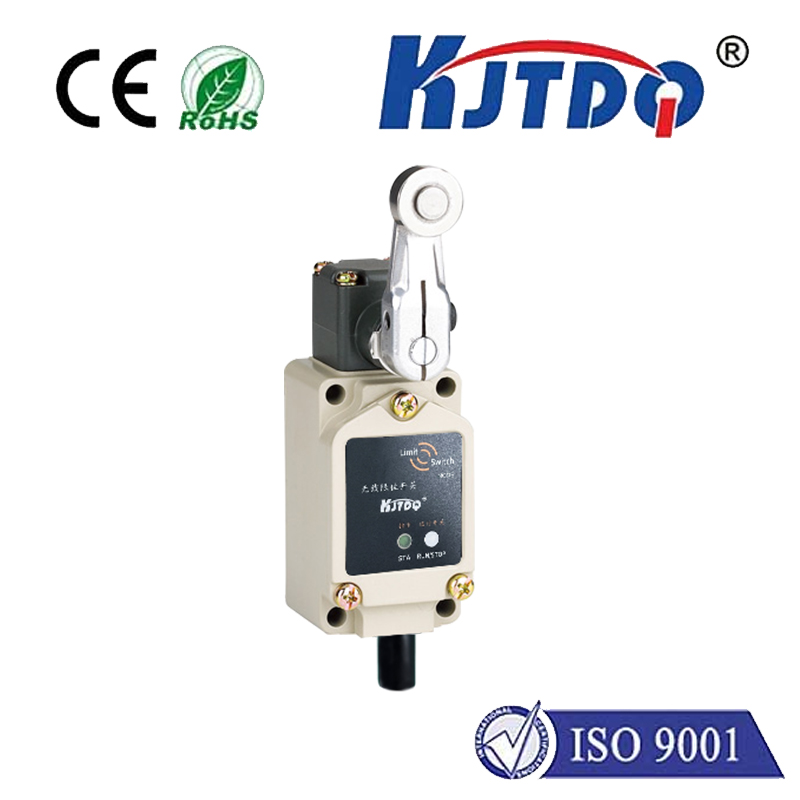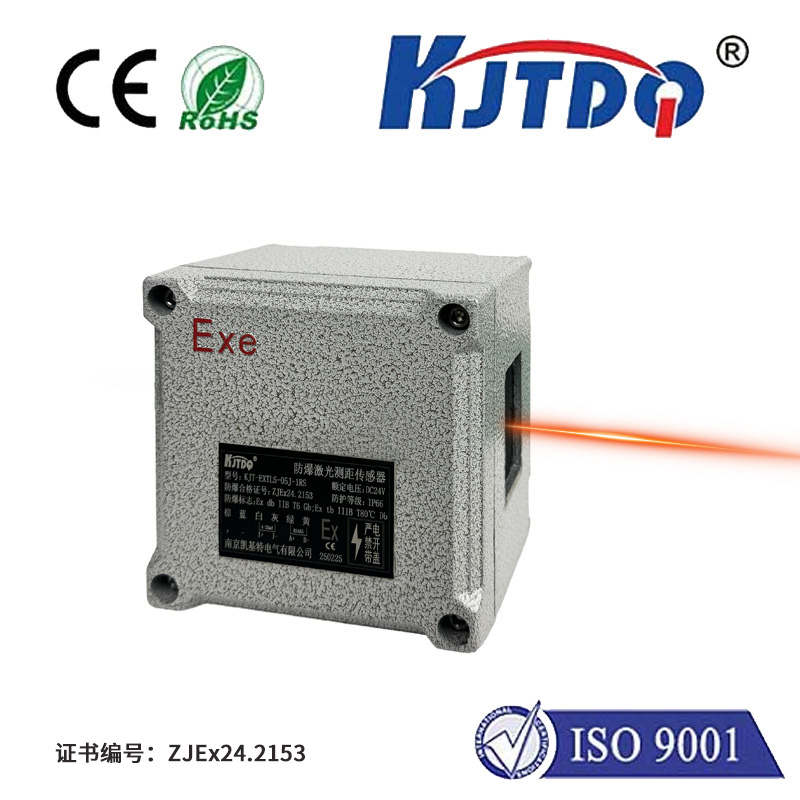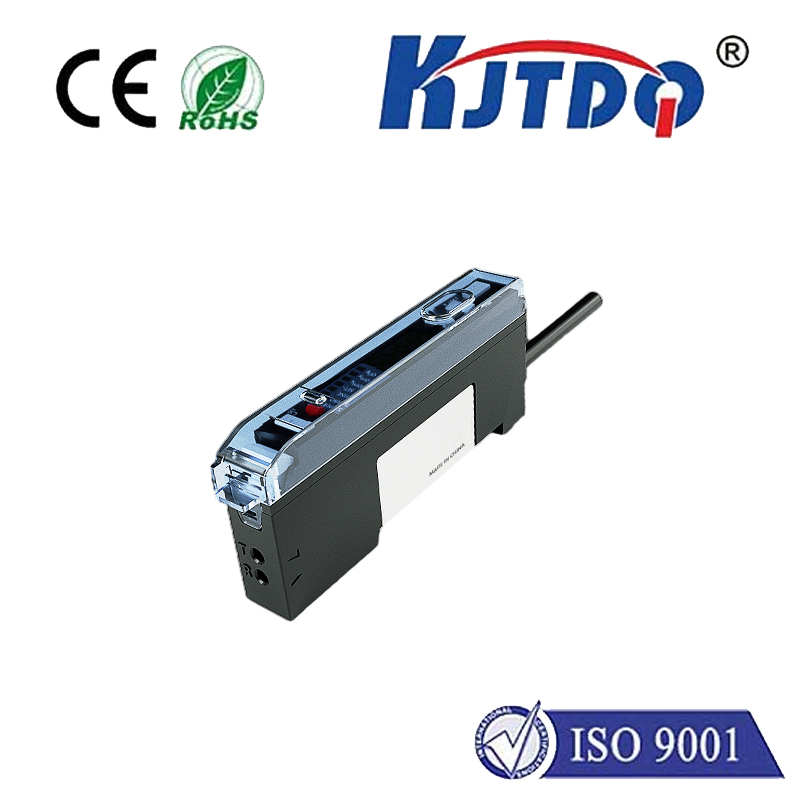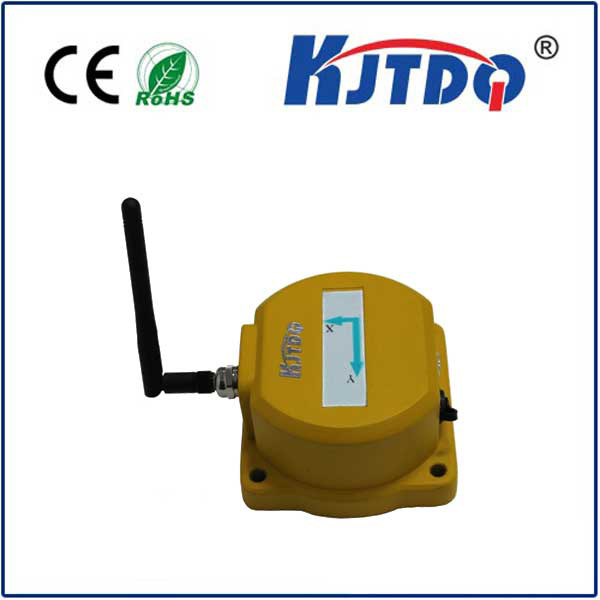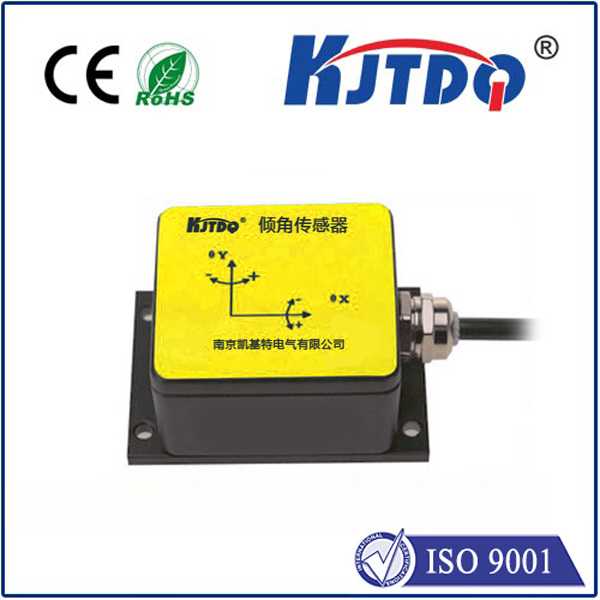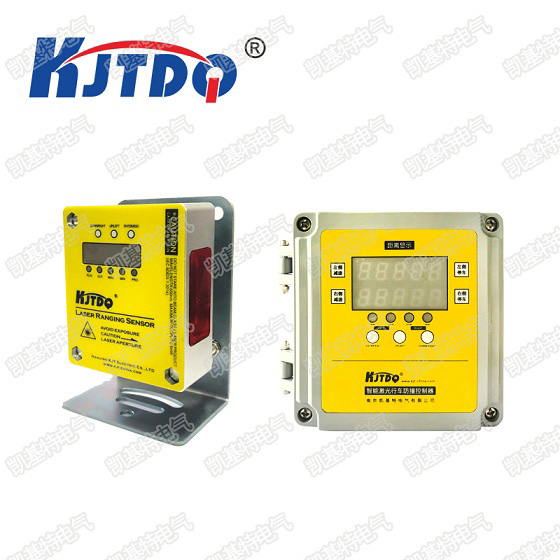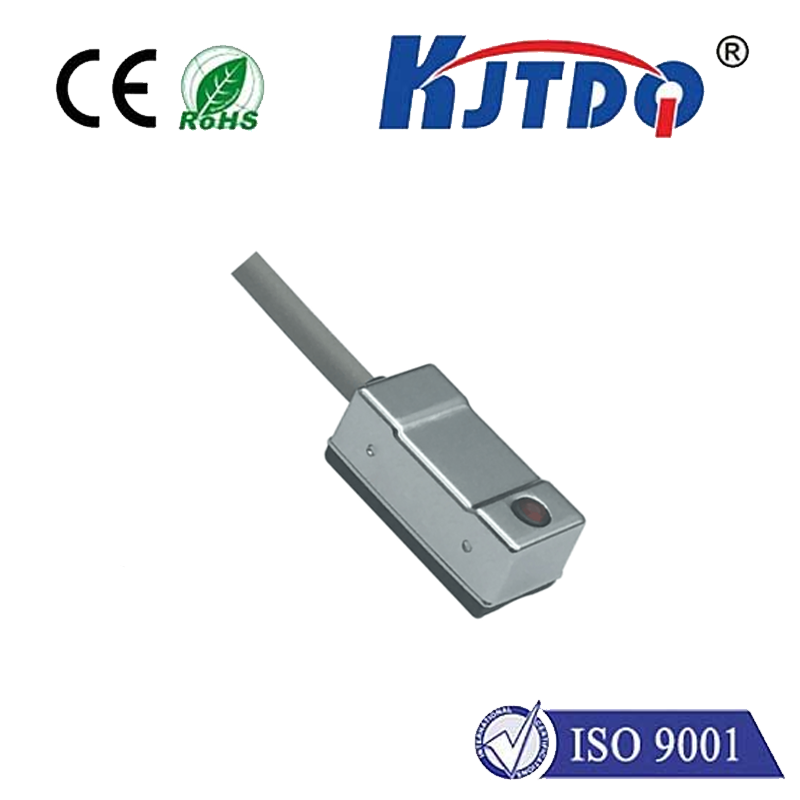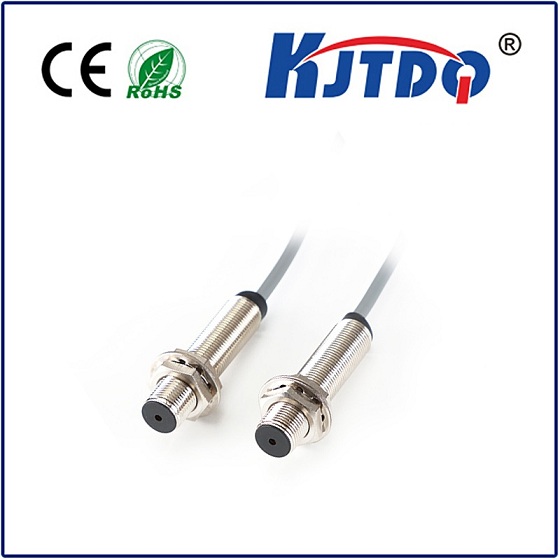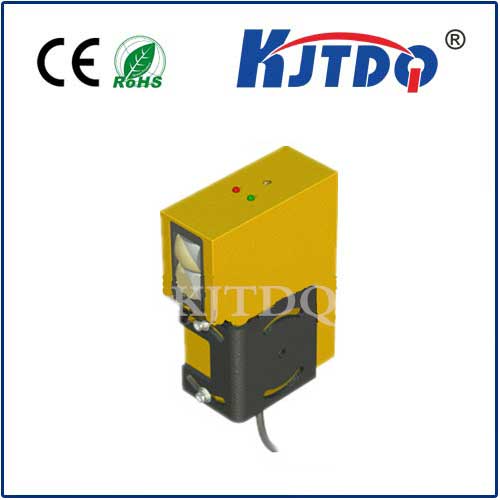

check

check

check

check

check

check

check

check

check

check
2E-X2ME1-M3-Z Inductive Proximity Sensor: Enhancing Your Machine Performance
In the world of automation and industrial machinery, the E2E-X2ME1-M3-Z inductive proximity sensor is a game-changer. This sophisticated component has revolutionized the way machines operate by providing unparalleled precision and reliability in detecting the presence or absence of an object within a specified range. In this article, we will delve into the features, applications, and benefits of this remarkable sensor that has made it an essential part of modern industrial automation.
Understanding the Basics
Before exploring its capabilities, let us first understand what an inductive proximity sensor is. These sensors use electromagnetic fields to detect metallic objects without physical contact. When a metal object enters the sensor's field, it alters the magnetic field, which triggers an output signal indicating the object's presence or absence. The E2E-X2ME1-M3-Z model stands out due to its exceptional design and performance characteristics.

Key Features of E2E-X2ME1-M3-Z Inductive Proximity Sensor
One of the primary advantages of the E2E-X2ME1-M3-Z sensor lies in its compact size and robust build quality. This small yet powerful device can seamlessly integrate into various machine setups without occupying excessive space. Additionally, its rugged construction ensures durability under harsh conditions often found in industrial environments.
The sensor also boasts high sensitivity and fast response times, making it suitable for applications requiring quick detection and precise control over machinery processes. With adjustable sensing distances, users can fine-tune the E2E-X2ME1-M3-Z to meet specific operational needs, further enhancing its versatility and effectiveness.
Applications Across Industries
The versatility of the E2E-X2ME1-M3-Z extends to its diverse applications across different industries. It plays a pivotal role in manufacturing processes where precise positioning and timing are crucial. For instance, in assembly lines, the sensor ensures parts are correctly placed before moving on to the next stage of production. In packaging machinery, it helps maintain synchronization between conveyor belts and filling or sealing mechanisms.
Furthermore, the transportation sector leverages the E2E-X2ME1-M3-Z for safety systems such as vehicle docking stations and elevator door controls. By accurately detecting the presence of vehicles or people, these systems can operate more safely and efficiently.
Benefits of Using E2E-X2ME1-M3-Z Inductive Proximity Sensor
Implementing the E2E-X2ME1-M3-Z inductive proximity sensor offers numerous benefits beyond just improving machine accuracy and efficiency. Its non-contact nature reduces wear and tear on both the sensor and target objects, leading to longer equipment lifespans and reduced maintenance costs. Moreover, the ability to work with various metal types broadens its applicability compared to other sensing technologies limited to specific materials.
In conclusion, the E2E-X2ME1-M3-Z inductive proximity sensor is a testament to the advancements in industrial automation technology. Its superior design, flexibility, and performance make it an indispensable tool for enhancing machine operations across multiple industries. Embracing this cutting-edge component not only boosts productivity but also ensures safer working environments through reliable object detection. As technology continues to evolve, the E2E-X2ME1-M3-Z sets a benchmark for future innovations in sensor technology.
